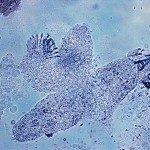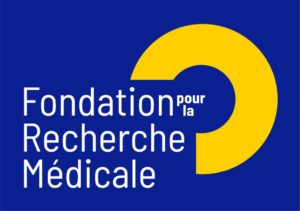About
Microtubules are cytoskeletal elements that are central to cell life. Their primary components are tubulins and undergo various post-translational modifications acting as a tubulin code. Here, we wish to investigate a main modification called glutamylation that is over-represented in neurons but also cilia and flagella. These organelles composed of 9 doublet microtubules are essential for human development. Defects in their assembly or function result in ciliopathies that display a wide range of symptoms, making them difficult to diagnose. In this context, basic knowledge is critical to fully understand their aetiology. Cilia construction happens at their distal end with the addition of new tubulin subunits delivered there by intraflagellar transport, the movement of protein complexes driven by kinesin and dynein motors. This project aims to investigate the significance of tubulin poly-glutamylation in cilia in relationship with kinesin motors. The work will be performed in Trypanosoma brucei, an amenable model organism perfectly suited for the project. We propose 2 tasks: (i) determine how the code is written relying on our recent breakthroughs that allow us to visualise tubulin incorporation in microtubules and to monitor how, where and when tubulin is glutamylated, opening the door to both dynamic and functional studies; (ii) investigate how molecular motors read the tubulin code exploiting our success in expressing two different types of intraflagellar transport kinesins in vitro and in vivo. This opens the way for global investigation using advanced imaging in the cell lines we developed where glutamylation has been altered. The project is interdisciplinary, combining our cell biology and imaging expertise with the know-how of our collaborators in mass spectrometry (J. Chamot-Rooke, Institut Pasteur), tubulin post-translational modifications (C. Janke, Institut Curie) and biophysics of molecular motors (Z. Okten, Munich).





